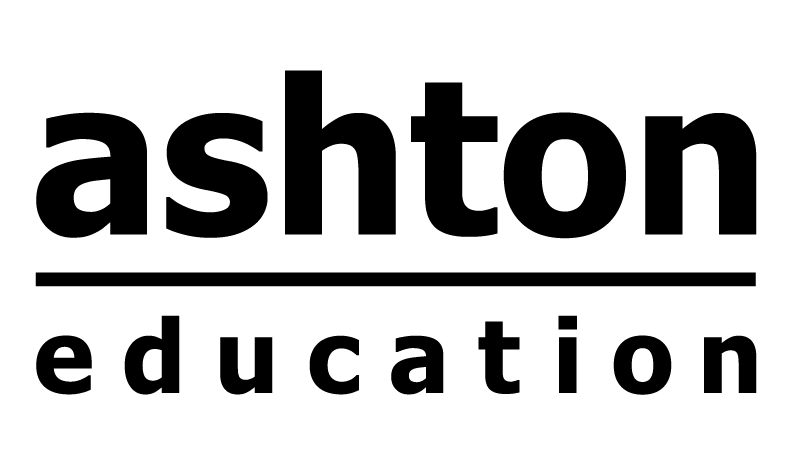
How Meditation Can Improve Your Mental Health, and Your Quality of Life
Whether or not you struggle with a mental health condition, meditation is a powerful tool to support your mental health. There are countless mental health benefits including reduced stress, decreased anxiety and improved quality of life. Continue…

The 4 People You Should Know in Cybersecurity
There is so much leadership in the cybersecurity field and no shortage of influential people. That makes it hard to know who to pay serious attention to. In a growing a shifting sector, there are always people making massive differences.
While…

Is Technology Killing Your Creativity?
Do you think it is possible or even probable that technology is making you less creative? Technology enthusiasts and creative types are bound to disagree on this debate, and there are some fascinating arguments on both sides. Read on to learn…
